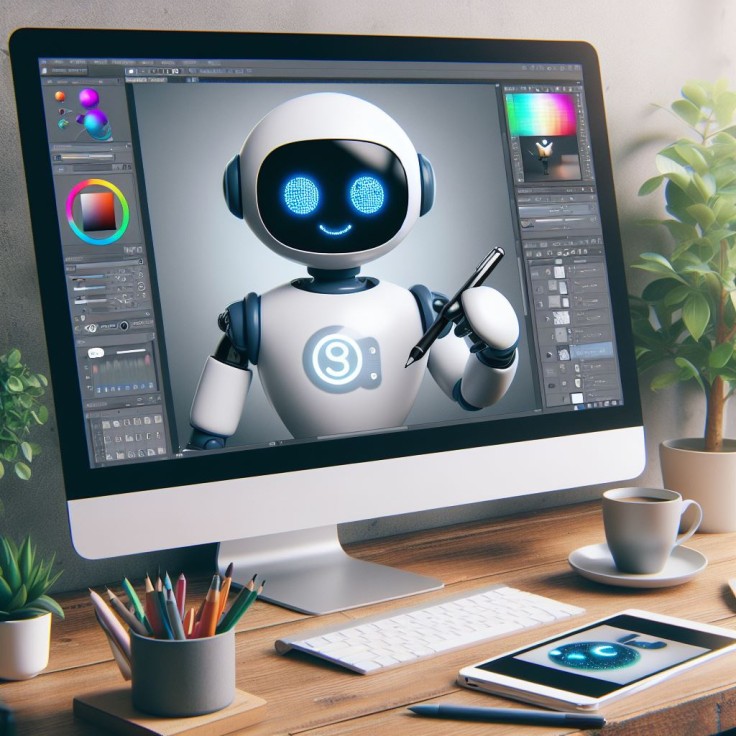
OpenAI's recreation ChatGPT has unveiled a new set of functions that expand its utility beyond simple text prompt response. With the latest update to multi-modality users are able to access powerful image editing tools making it among the biggest AI tech milestones. This innovation is set to revolutionize the way people interface with AI topologies, enabled by contour links of text and images to create more stylistic work designs seamlessly.
The Evolution of ChatGPT
Due to the high demand, ever since its early design, ChatGPT has had to improve over the years. First and foremost, it gained recognition as an advanced natural language processing system, and then the set of tasks solved with its help was significantly enriched, ranging from poetry writing and ending with code generation.
Now, with the inclusion of such parameters which allows the image editing aspect of ChatGPT, the program has upgraded itself to an entirely new level that is multimodal, making it possibly one of the most advanced programs in the field of AI.
Unlocking the Power of Multi-Modality
Thanks to the features of image editing with the help of the prompting, ChatGPT is far beyond the traditional text-based approach wherein users get a more engaging and interactive interface. Due to the ability to use text-based prompts alongside images, a person is able to convey their ideas in a manner that is highly detailed, making a concept clearer than ever before.
For instance, if handling images, drawing graphics or learning about artistic ideas, options and possibilities are equally endless with ChatGPT.
Guide to Image Editing with ChatGPT:
1. Accessing the Platform:
Navigate to the ChatGPT website and sign in to your account to access the image editing features.
2. Uploading Images:
Choose the desired image editing option.
Request ChatGPT to draw something.
Upload an image using the paper clip attachment tool.
Provide a link to an existing image.
3. Providing Prompts:
If uploading or linking an image, give ChatGPT a clear prompt detailing the desired changes.
Optionally, specify art style preferences or focus areas within the image.
For generated images, use the selection tool to highlight specific regions for editing.
4. Editing Process:
Allow ChatGPT to process the input and generate the edited image based on the provided prompts.
Experiment with different prompts and selections to refine the editing results.
5. Evaluation and Refinement:
Assess the effectiveness and accuracy of the editing outcomes.
Adjust prompts, selections, and supplementary materials as needed to achieve desired results.
Assessing Image Editing Quality
Consequently, image editing stands as a peculiar area where ChatGPT demonstrates an impressive technological progress, at the same time showing dependence on numerous factors that may affect the final result. As it stands, it proves to be quite efficient, especially in terms of precision, and can easily compete with such widely-known programs as Photoshop. Nonetheless, the users may experience cases when the editing tools do not operate as they desire - thus producing unintended or even paradoxical outcomes.
OpenAI has achieved a significant advancement in the progression of artificial intelligence by adding new features to ChatGPT and connecting image editing to the model. Through the augmentation of text-based and graphic inputs, the platform facilitates the freedom of creativity and fruition of labor-intensive tasks for individuals.
Still, the possibilities of the application of the technology is obvious, as it can be used for the transformation of industries starting from design and ending with entertainment. They are the emerging front-runners ready to steer the generation of human-computer collaboration to a genuinely new domain where creativity still has no limits and will eventually have no limits thereafter.
© Copyright 2025 Mobile & Apps, All rights reserved. Do not reproduce without permission.

















